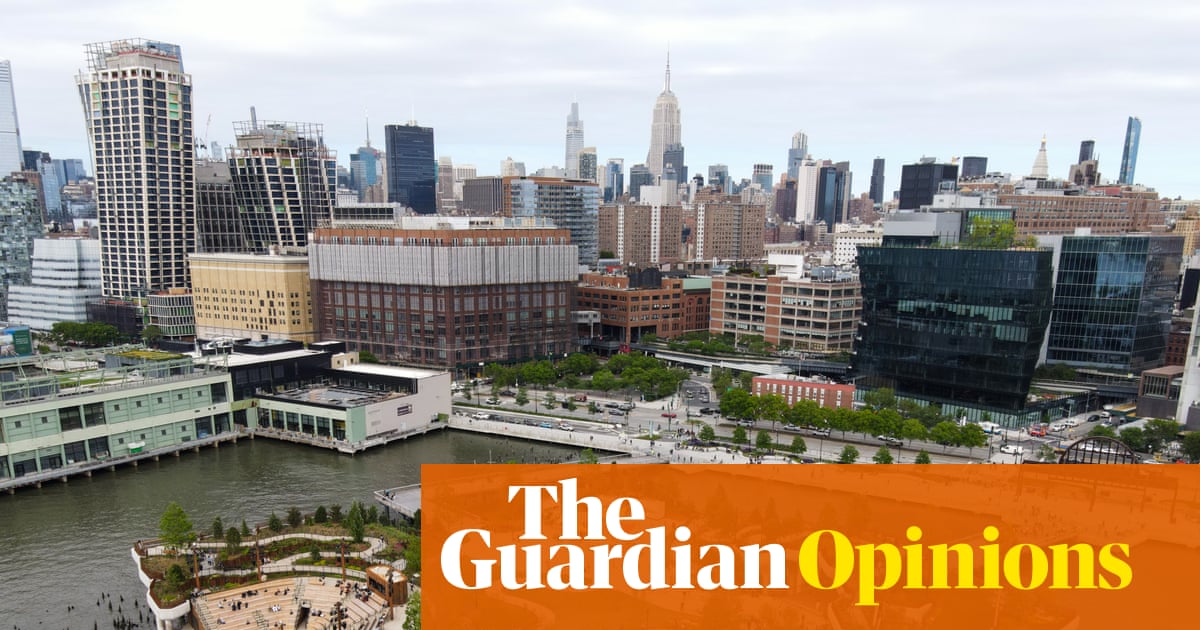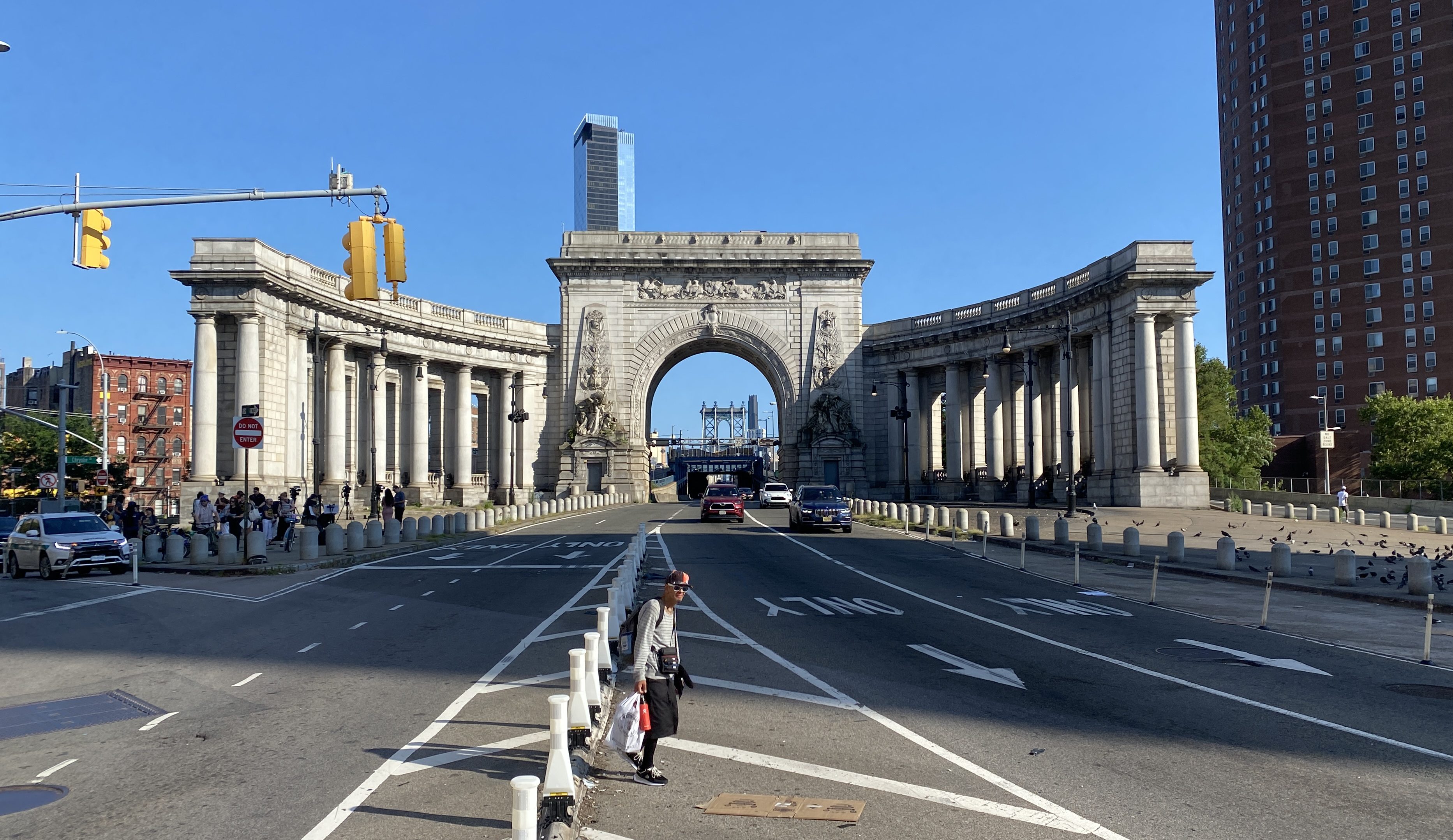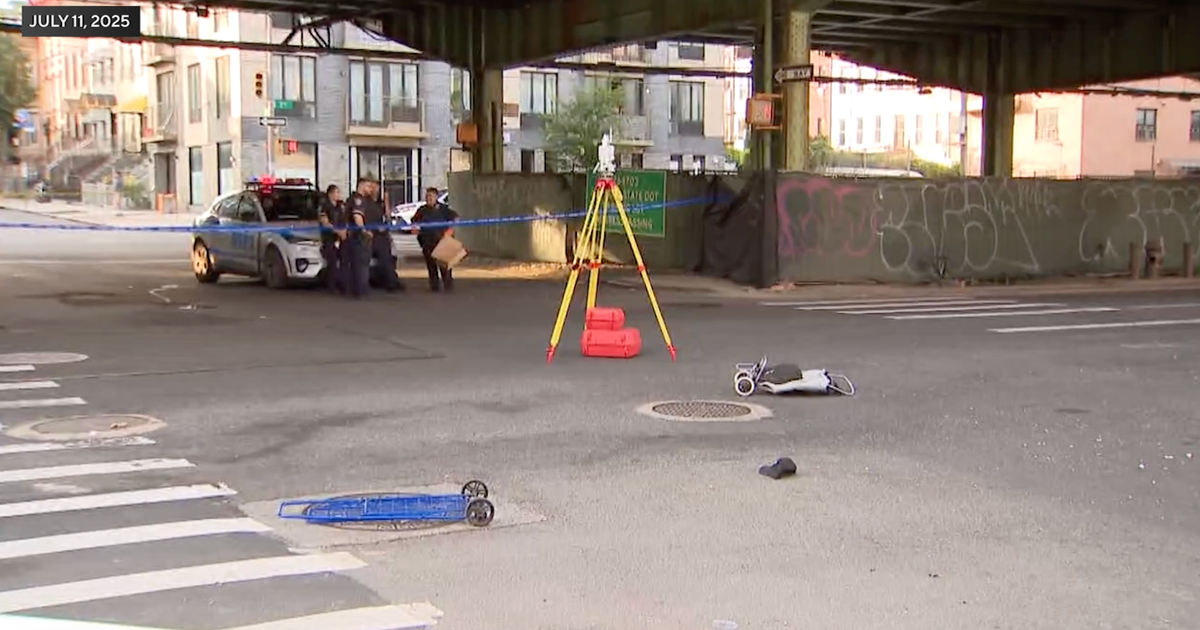fromYanko Design - Modern Industrial Design News
2 weeks agoOne Pole to Rule Them All: The Swiss Army Knife of Streetlights - Yanko Design
At first glance, the Shift Pro looks like your typical modern street pole with a minimalist black finish. But here's where it gets interesting: this thing can be equipped with up to four independently manageable modular heads. Each head can be customized to serve different functions, from adjustable LED lighting to IP67 security cameras, passive acoustic speakers, or Wi-Fi access points. Oh, and if you're riding an e-bike or electric scooter, there's even an optional door with an electrical socket for charging.





.png)











